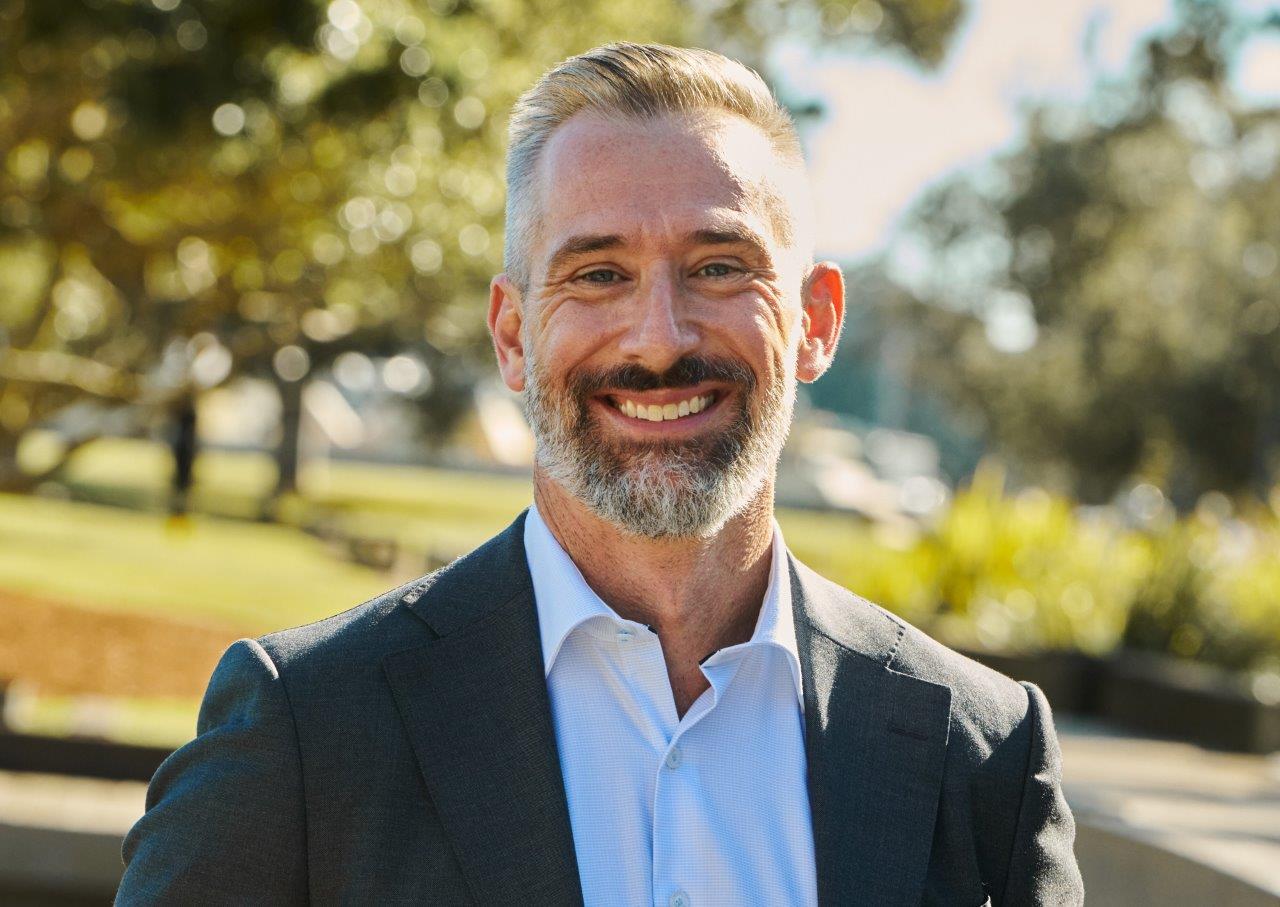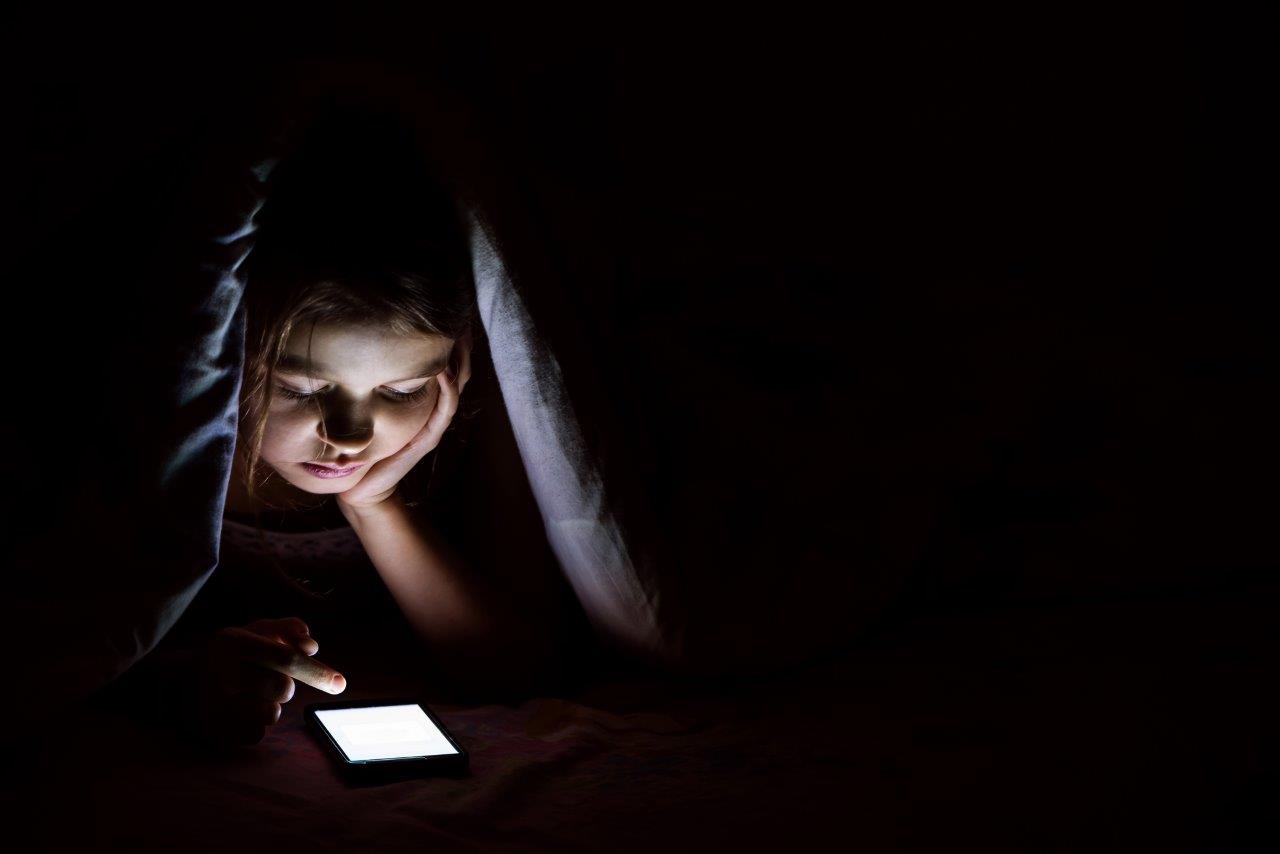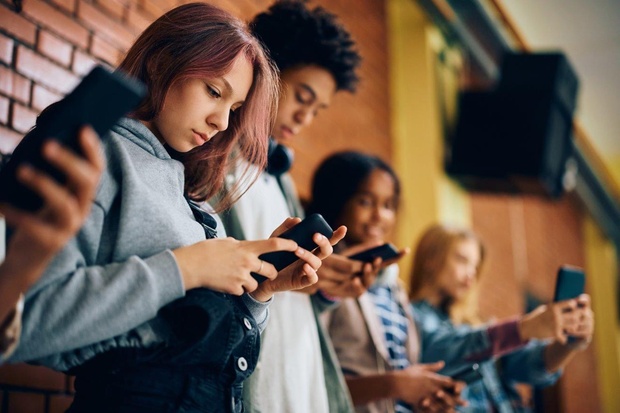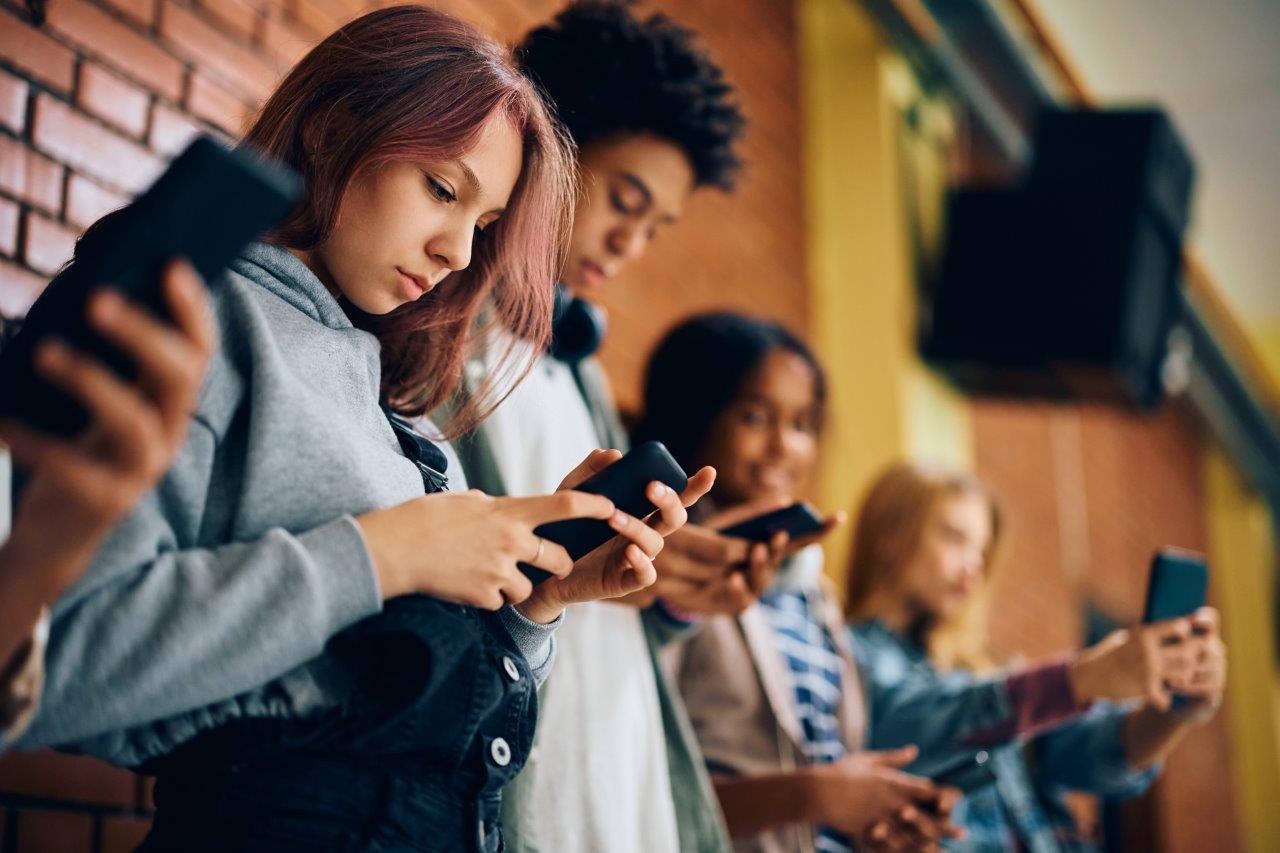“Because no matter what we do, whether they’re 13,14, 16 – kids are going to go online at a point in time in their life. They need to be well equipped to go online, so you can have a ban, but they need to know what they’re getting themselves into online,” Gary Groves, CEO of youth mental health service ReachOut, says.
Groves says we can’t ‘throw the baby out with the bathwater’.
“We can’t neglect the fact that we need to keep kids well equipped to deal with social media. It is their life,” he says.
“There’s no going back. We can’t turn back the clock. We can just look into the future and ask ‘how do we protect our kids? How do we help kids get social media and mental health support?'”
As the social media ban debate has raged, particularly in recent weeks with the Social Media and Australian Society inquiry being carried out, the opinions of parents, various experts, teachers, politicians and others have been prominent and widespread, but what of the perspective of the most important parties in this debate – young people themselves?
A new report from ReachOut, released on Tuesday and based around research involving more than 2000 young people, has found that 73 per cent of young people in Australia turn to social media when it comes to support for their mental health.
So while social media is utilised as a resource for social connection, news and entertainment and for education, it is also playing an evermore important role in providing access for mental health information and resources.
Groves says a critically important statistic that came out of the research was the fact that just shy of 50 per cent of young people are going online looking for professional mental health support, and of that group, 40 per cent actually went on to get that support.
“Now that could have been through getting counselling, face-to-face psychological help, but that is a telling sign that the front door for young people right now into the mental health system are their social media platforms,” he says.
The research has found that young people often join online communities or follow influencers who talk openly about their mental health, and may participate in support groups or forums.
“So, for example, a young person might be feeling really, really low one day, and then other people start talking and saying, ‘I’ve had that same problem, and this is what I did for myself to get over that challenge’,” Groves explains.
“We know platforms like Instagram, Tiktok, YouTube, do host educational content from mental health advocates and professionals, and actually do provide good information on anxiety, depression or coping strategies, so there is good content that young people engage with.”

ReachOut CEO Gary Groves says young people have not sugar-coated their experiences of social media – they highlight the many pitfalls and dangers. “These experiences have informed the practical solutions they have suggested to make social media platforms safer,” he says.
Another interesting finding from the research is the use of peer support networks on platforms like Reddit or Discord, which actively creates safe places for young people to talk about their struggles and seek advice.
“What I spoke about with senators and ministers this week, was the fact that in rural and remote parts of this country, if this blunt instrument comes into place (a blanket ban), you have just stopped young people from being able to engage with their community,” Groves says.
“So for example, [a ban would stop] the LGBTQI+ community, the CALD community, the First Nations young people, from engaging online with people they feel comfortable with, because in rural, remote parts of this country, there may not be accessible mental health locations that they can get help, or the stigma is still very much attached to mental health."
In the survey, young people also highlighted disquiet about social media – 38 per cent were deeply concerned about harmful mental health content they have come across on platforms and 43 per cent who sought support online were deeply concerned about social media’s addictive nature.
They want platforms to be safer, they want things like infinite scroll to end, more control over the content they see, better labelling of mental health information from credible sources, better education and more of it.
“Young people and parents and carers have been really clear with us that there are some harmful, addictive content that is online,” Groves shares.
“So [we’d like to see] their voice given to the social media companies to say, ‘we want the safety features up front, and we want to understand how to turn them on and how to unfollow, block, do all the things that they want to do, but in a seamless and easy way’.”
Young people also want user control of their social media, ie. their algorithm.
“So right now, we know if you look up a certain topic, the algorithm will continue to feed you that topic, whether that’s negative or positive.
“We want young people to actually control that. So if they don’t like what they see, they can stop it.”
Parent groups want a ban for children under 18, and a representative of one from The Heads Up Alliance told EducationHQ last week that Big Tech is robbing children of their childhood and that various academics and cybersafety educators are downplaying the serious harms caused by social media.
“…we can see in real time with our own eyes the damage: the lack of sleep, the taking our kids away from reading, from exercise, from playing, from doing all the good things they should be doing in childhood,” the parent said.
As a parent himself, Groves says he too bears witness to this in his own family.
“I would always say parents need to take an active role, like they would if their young person was out playing in the backyard or doing an activity where you need to have some oversight or some moderation,” he suggests.
“So, of course we don’t want to see our kids scrolling for four or five hours online. We know it’s detrimental to their health. We don’t want kids late at night on their phone.
"So there’s absolutely a role for parents to attempt to moderate that … to discuss healthy habits, and set really clear boundaries so they can still use social media.”

While only 1 in 4 young people surveyed reported they had never looked for mental health information on social platforms, 66 per cent reported increased awareness about their mental health because of relevant content they accessed via social media.
Groves also agrees with the many parents who advocate for government accountability to regulate, but also the imperative that social media platforms implement changes to their platforms to ensure young people are safer.
“We’re arguing that that should be regulated, so the eSafety Commissioner, for example, can really watch and monitor what’s going on with these platforms,” he argues.
But parents and educators also have a role in this, he says.
“We say everything in moderation, and parents need to be equipped to better understand how to have conversations with their teenagers about what they’re seeing online, and young people need to feel that they’re welcomed in that conversation.”
The last role his organisation sees young people playing, is making sure that they employ their mental health strategies for when they are on social media.
“So, for example, they should be taking breaks, they should be out, doing physical exercise, socialising with friends, doing the things young people do and see social media as part of their life, but not all their life, because there is a negative side to it, and we don’t, as I said before, we don’t sugarcoat this.
“It just needs to be everything in moderation.”
To access the full report, titled Harnessing the feed: social media for mental health information and support, click here.














